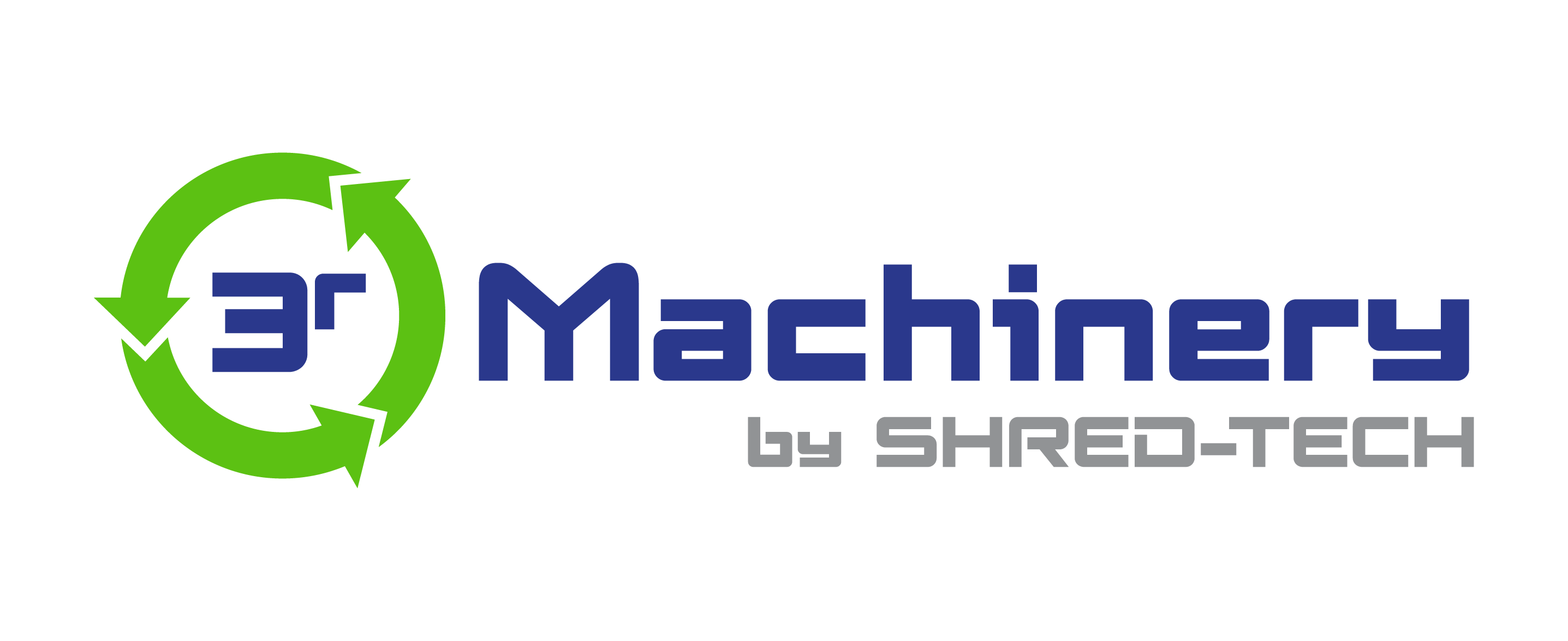Waste in the USA
In the United States, waste generation is a significant concern, impacting our environment and resources. Understanding where our waste goes, and the impact of our disposal choices is crucial for creating a sustainable future. Let’s delve into the statistics surrounding waste management and explore the journey waste takes from the curb to becoming raw material.
Waste Generation in the USA: Annually, the United States generates a staggering amount of waste, reaching approximately 292 million tons. This equates to an average of about 4.9 pounds of waste per day, per person. These numbers highlight the urgent need for responsible waste management practices.
Landfills vs. Recycling Facilities: A considerable portion of our waste, around 55%, ends up in landfills. Landfills are large disposal sites designed to bury waste and isolate it from the surrounding environment. However, with the increasing emphasis on sustainability, recycling has become a vital alternative. Approximately 35% of waste in the U.S is recycled, undergoing processes that transform materials into reusable resources.
Recycling Facilities, Where Does Your Recyclable Waste Go: Recyclables undergo sorting and processing at recycling facilities. These facilities vary in their capabilities, handling different types of materials. Commonly recycled items include paper, cardboard, glass, metals and plastics.
- Paper and Cardboard: After collection, paper and cardboard are transported to paper mills, where they undergo a process to remove inks and contaminants. The cleaned-up materials are then transformed into new paper products.
- Glass: Glass is taken to recycling facilities, where it is crushed and melted to create new glass products. This process significantly reduces the energy required compared to producing glass from raw materials.
- Metals: Metals like aluminum and steel are transported to smelters, where they are melted shown and formed into new products. Recycling metal consumes far less energy than extracting it from one.
- Plastics: Plastics are sorted by type and melted down at recycling facilities. The resulting material can be used to create new plastic products.
The Most Commonly Recycled Product, Aluminum Cans: Aluminum cans are among the most recycled products. The recycling process for aluminum requires only a fraction of the energy needed to produce aluminum from raw materials. Recycling one aluminum can saves enough energy to power a television for three hours and aluminum is infinitely recyclable.
The Journey from Curb to Raw Material:
1. Collection: Waste is collected from households, businesses, and institutions.
2. Sorting: At recycling facilities, materials are sorted based on type. Advanced technology and manual labour help separate different materials efficiently
3. Processing: Each material undergoes specific processes to clean, melt or break it down int raw form.
4. Transportation: Raw materials are transported to manufacturers who use them to create new products.
5. Production: Manufactures incorporated these raw materials into the production of new goods, closing the recycling loop.
Understanding the journey from curb to raw material empowers us to make informed decisions about waste disposal. Choosing to recycle not only reduces the strain on landfills but also conserves valuable resources. At 3R-Machinery by Shred-Tech, we are committed to environmental responsibility.Let’s work together to create a sustainable future by making conscious choices in waste management.
 US Dollars
US Dollars


